High Fences: Compliment or Curse? - Part II
 In the Part I, I discussed the advantages and disadvantages of high fencing your property for management purposes. In Part II, I will examine the negative effects of building your high fence against existing low fence and deer population explosion.
In the Part I, I discussed the advantages and disadvantages of high fencing your property for management purposes. In Part II, I will examine the negative effects of building your high fence against existing low fence and deer population explosion.
Don’t Build Against Existing Low Fence!
During the middle of my Ph.D. research project examining the movements of 125 radio-collared bucks, the landowner had a new high fence constructed along two boundaries of my study area. This new high fence was built 18 inches from the existing net-wire low fence. As a result, I was able to witness firsthand how this new high fence affected deer movements on the two properties.
One day I was driving along this high fence when I noticed a doe caught in the 18-inch gap between the new high fence and the outside low fence. The doe immediately started running away from me, bouncing from fence to fence. As she ran I noticed movement to her left. I focused to the left and was shocked to see two bucks outside of the fences paralleling the female's every move. Obviously, the doe was in heat and the two bucks were chasing after her.
One buck was a yearling with a small six-point rack. The second buck appeared to be mature, with a wide spread and ten-point rack. I stopped the truck to keep from stressing the doe further. Both bucks followed her every move as she continued down the fence line away from me. Because of our luck the previous week pushing a trapped buck through a nearby high fence gate, I decided to quickly drive past the deer and open the gate again. After opening the gate, I drove the truck around to the other side of the three deer.
As I approached the three deer the doe turned and started to run toward the truck, away from the open gate. Immediately, I stopped the truck and jumped out to try to turn the doe back toward the open gate. My frantic waving worked and the doe began moving away from me. My movement caused the smaller buck to turn and run away from the high fence. The older, larger buck however, wasn't concerned with my antics and continued to mirror the female's every move.
I still have a hard time believing what happened next. As I continued to move the doe toward the open gate, the big buck decided that he would rather be on my side of the two fences. In one graceful leap he attempted to clear the high fence. Unfortunately, he badly misjudged the height of the high fence and crashed to the ground between the two fences. The buck was now in the same predicament as the doe. However, the buck had an additional obstacle to overcome - his rack. The buck panicked as soon as he realized that he was trapped. He tried to scramble to his feet, but his 20-inch wide rack immediately became entangled in the two fences. The more that he struggled, the worse he became entangled.
What could I do? The buck eventually worked free but before he was able to move five feet, his rack again became entangled in the fence. He continued to kick and struggle and eventually, right before my eyes, he broke his neck and collapsed to the ground. Donnie and I checked on the buck several hours later and found the buck dead.
Unfortunately, the above-mentioned encounter was not the only incident that we witnessed with deer trapped between the two fences. In the three months following the completion of the high fence we found five dead deer and “released” two additional does through the high fence gate. We actually observed an additional 14 deer temporarily trapped between the fences. And we found evidence (tracks and hair) of many more deer caught in the fences.
The lessons to be learned from the above… do not to build a high fence in such close proximity to an existing fence. Deer were not able to turn to face the lower fence directly because only an 18-inch gap existed between the two fences. As a result, these deer could not even jump the lower fence. Bucks especially, had a difficult time because their antlers continually got caught in one or the other fences.
An 18-inch gap also makes it more difficult to control brush encroachment between the fences. The narrow gap makes it almost impossible for a person to get between the fences to manually clear brush. The only alternative is chemical control.
A much simpler alternative is to build the fences further apart. A 36 to 48-inch gap should allow deer room to turn and jump the lower fence. A larger gap would also provide additional room for brush control. Unfortunately, according to well-known wildlife biologist Murphy Ray, the majority of high fences being built today are built within 15-24 inches of a pre-existing fence (if the pre-existing fence is not removed).
Many landowners may be concerned about the amount of land that they "lose" by moving the high fence further away from the existing fence. However, an additional gap of 18 to 36 inches will make very little difference and the advantages seem to far outweigh the disadvantages.
Well known deer biologist Al Brothers, who has more than 40 years of deer management experience, added a very innovative twist to high fence construction. A public road borders one of the properties that he manages. Unfortunately, unscrupulous hunters often used this road to illegally hunt deer from his property. He convinced the landowner to build a high fence, but instead of having the fence built directly on the boundary, he had the fence built several hundred yards inside the boundary - out of sight from the poachers.
Brothers now uses the area outside of the high fence as a cattle trap. He also discs a firebreak along the border annually to prevent the spread of any grass fires that may occur and to provide an area to observe tracks (of both deer and poachers).
Example of a “Deer Population Explosion”
One example of a negative that can result from a high fence occurred when a 650-acre pasture was high fenced in 1983 on the Chaparral Wildlife Management Area. The deer herd within the new high fence was not controlled. According to wildlife area manager David Synatske, the deer population initially increased reaching a peak in 1991. The uncontrolled deer population then suffered from reduced survival and production and began to decrease, crashing to a low of only one deer per 50 acres in 1993. Meanwhile, the deer population outside of the smaller high fence fluctuated from 1 deer per 40 acres to 1 deer per 60 acres over this same 12-year period.
The percent of fawns per doe observed during the helicopter surveys also initially increased, reaching a peak of 71 percent in 1988. Fawn crops fell to a low the following year of 13 percent. From that point on, fawn crops fluctuated considerably. According to Synatske, adult sex ratios also changed dramatically within the small high fenced area. In 1983, the estimated adult sex ratio was 1 buck:0.88 does. In 1993, the sex ratio became seriously skewed toward does and was estimated to be 1 buck:10 does. Synatske also noticed a browse line develop within the high-fenced area.
Posted by Dr. Mickey W. Hellickson
Photo by Hardy Jackson

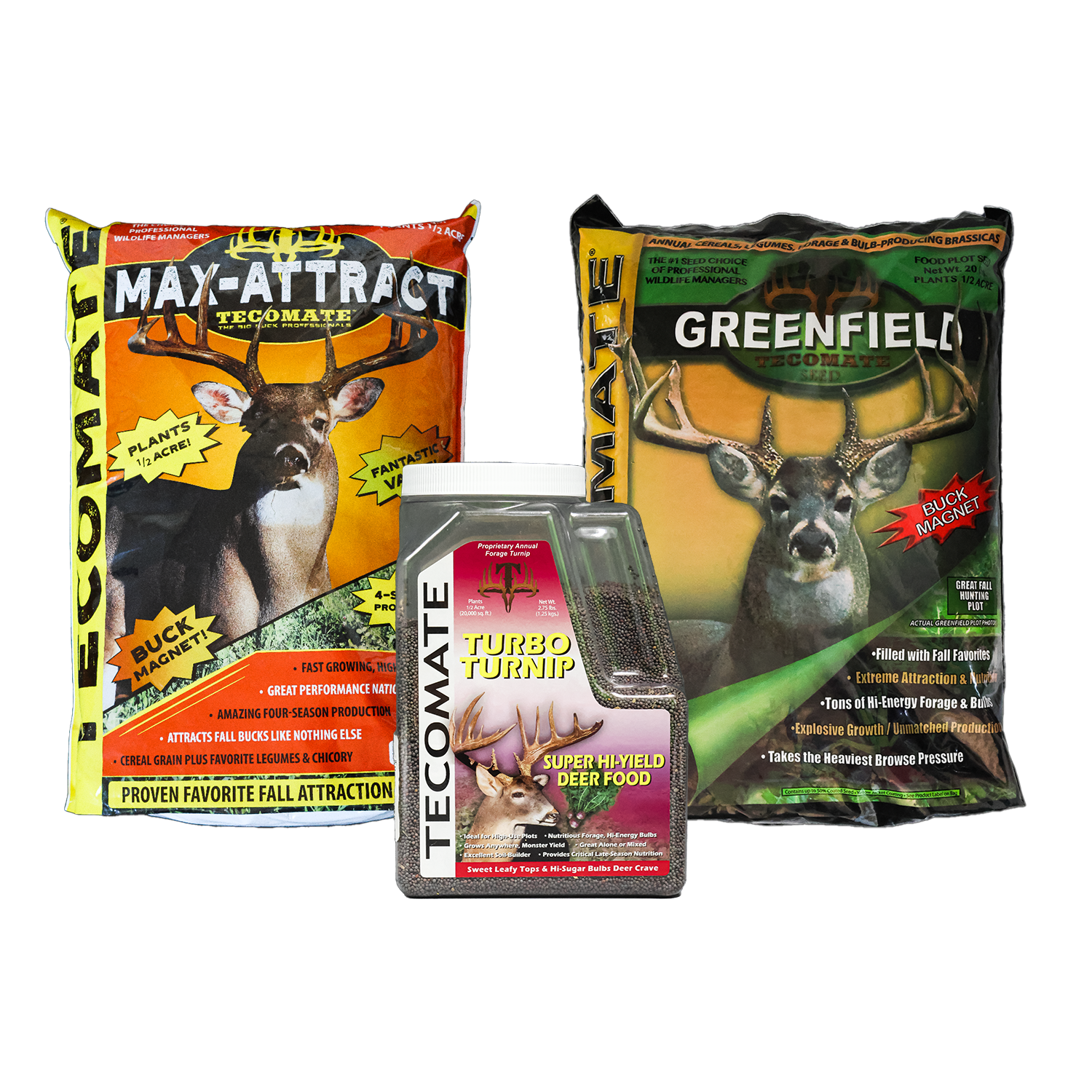
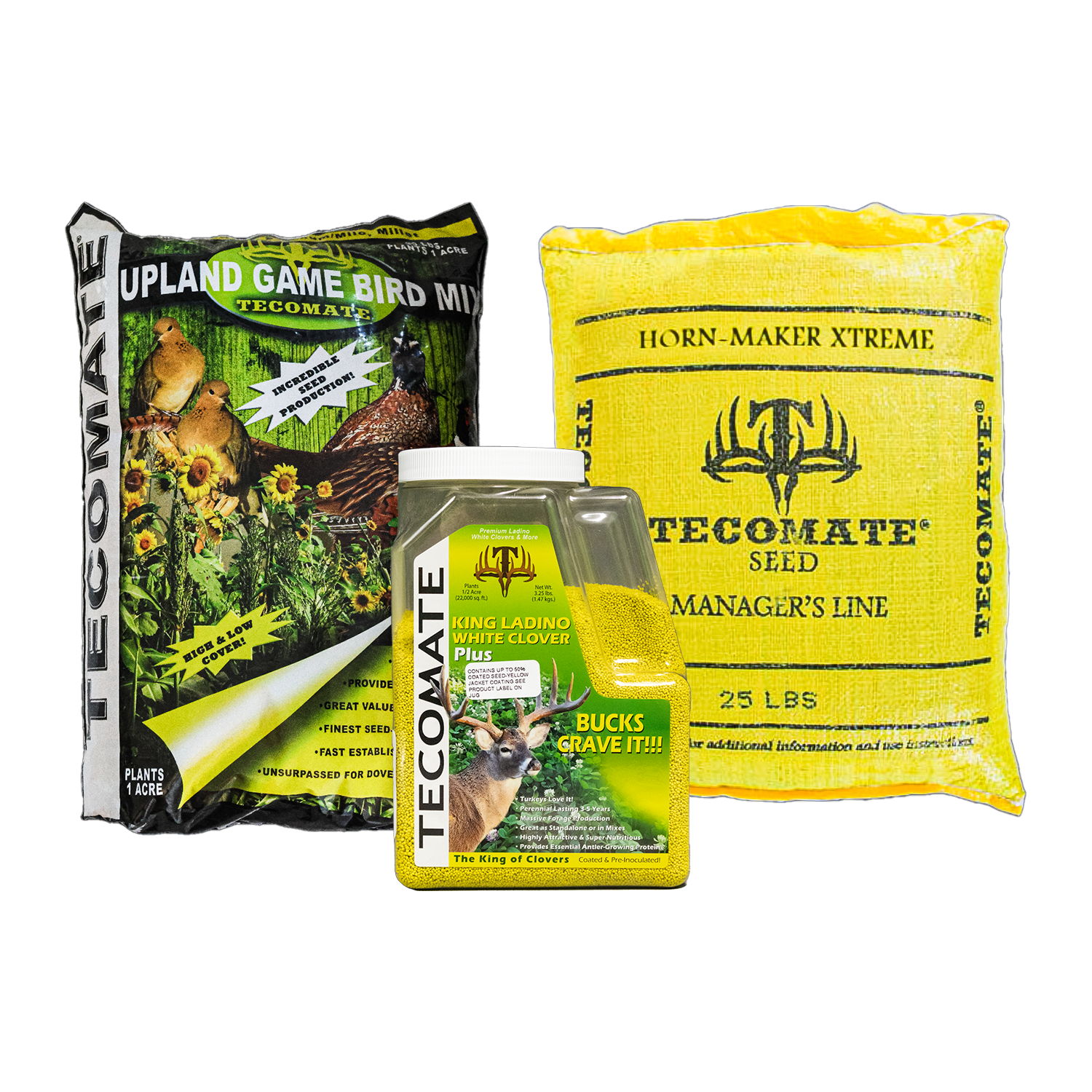
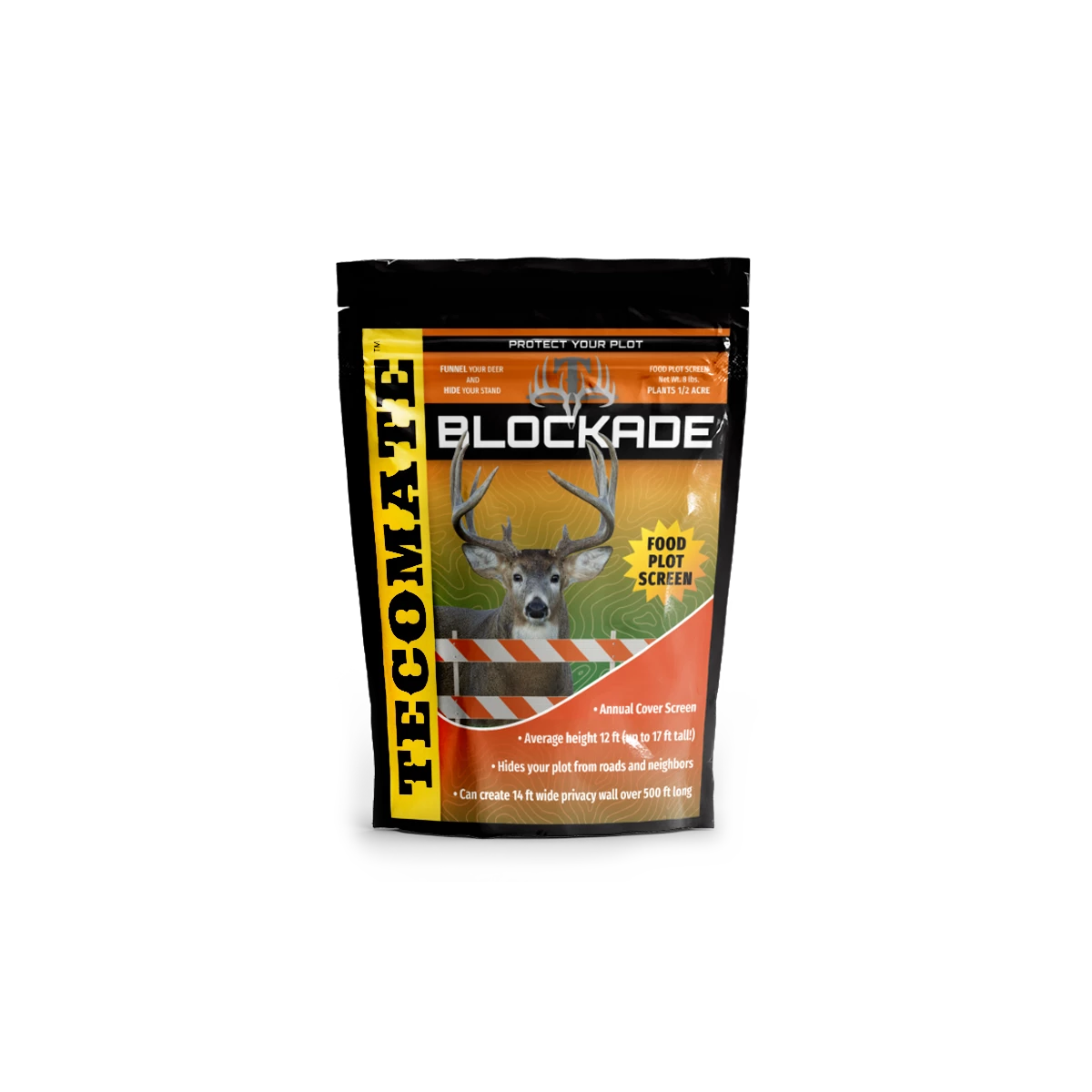


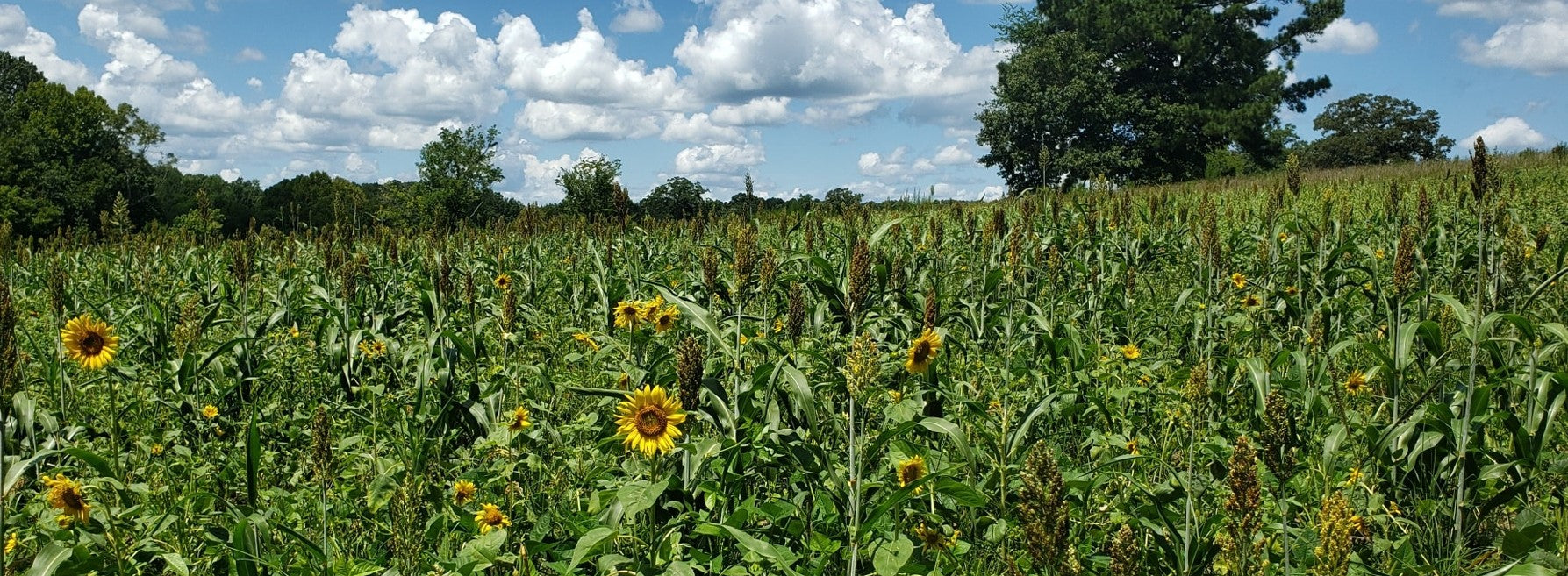


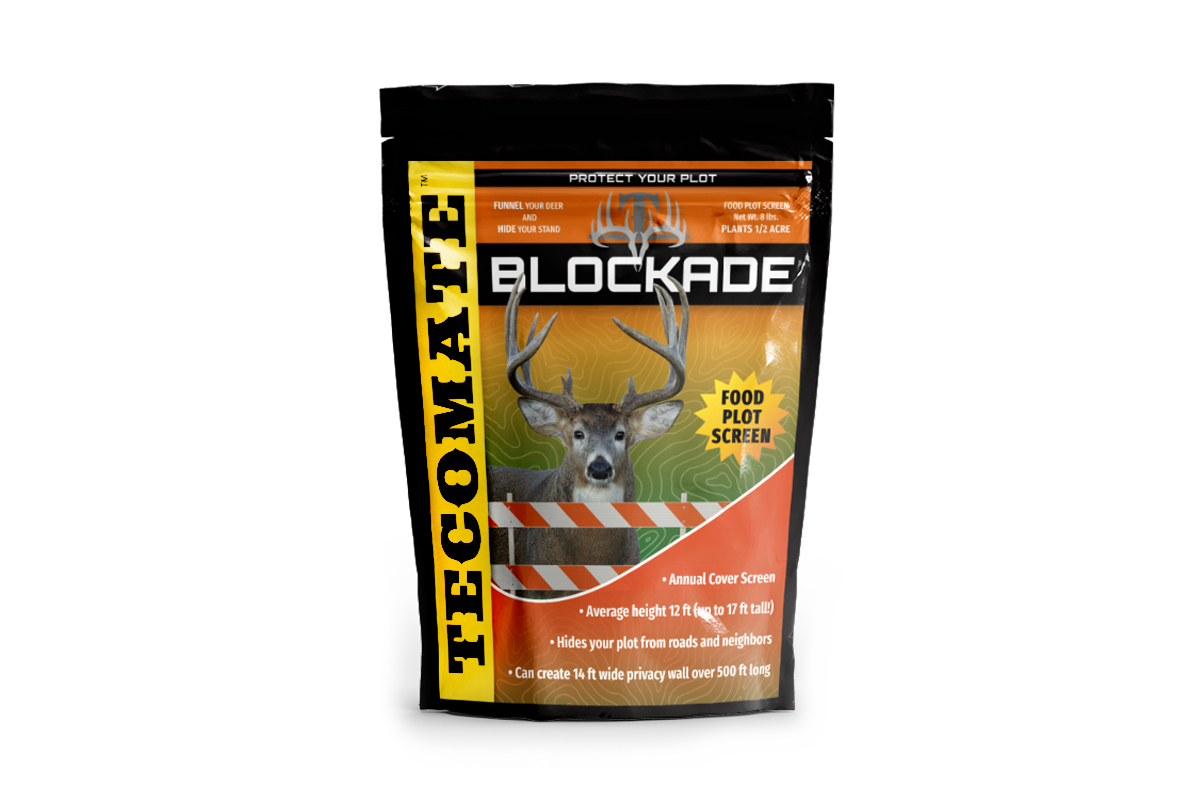

Leave a comment